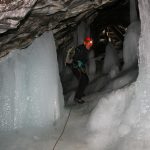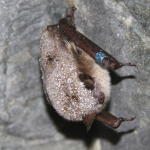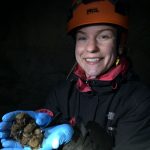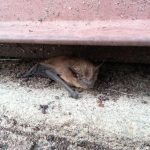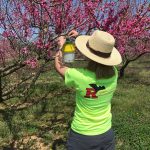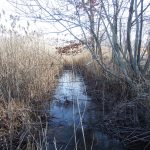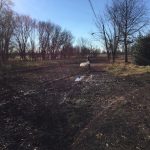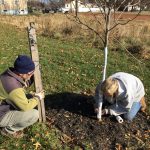Research
Causes and Consequences of Population-Level Impacts to Species Experiencing Novel Pathogens
Emerging infectious disease is now considered a significant contributor to the global extinction risk of many species. Host response to emerging pathogens is variable, causing uncertainty about population-level impacts and challenging effective disease management. Particularly for multi-host pathogens, understanding how each species responds to an emerging disease becomes critical to successful intervention. Conservation managers often face limited time and resources, and thus must prioritize species, populations and sites where intervention will have the greatest impact. Uncertainty in species-level impacts prevents such targeted disease management planning, diminishing the potential benefits of conservation actions. Combining population monitoring with predictive models aimed at generating testable hypotheses to explain observed dynamics, then investigating those hypotheses empirically, can guide conservation efforts through an adaptive management framework and ultimately increase the potential for success. White-nose syndrome (WNS) is a severe epizootic caused by a novel fungal pathogen spreading across populations of previously naïve mammalian hosts. We have shown that survival of little brown bats (Myotis lucifugus) dramatically improves in the years following catastrophic decline. We proposed and modeled evolutionary rescue as a potential mechanism driving this observed pattern, wherein WNS imposed a strong selective pressure such that a surviving phenotype could potentially return the population to positive growth. In contrast, survival of the closely related Indiana bat (M. sodalis) exhibits the opposite survival pattern, suggesting that disease-induced selection may not act strongly enough to reverse population declines. These publications led to the successful acquisition of two grants to empirically test the evolutionary rescue hypothesis on these two species using a low-coverage whole-genome sequencing approach. We have also demonstrated that outcomes of potential conservation actions are likely dependent upon host response to the pathogen. This work has far-reaching implications, as emerging diseases represent just a single novel selective pressure threatening native species. How populations respond to invasive predators or competitors and climate change have critical implications for the maintenance of native species diversity. Alternatively, understanding resistance mechanisms of weeds or insect pest populations can inform the development of evolutionary-based strategies for pesticide/herbicide application, which can boost economic returns for agricultural entities and ensure the long-term security of the global food supply.
The Role Bats Play in Integrated Pest Management
Agricultural insect pests cost the U.S. agricultural industry billions of dollars per year in crop losses and associated control measures. Temperate insectivorous bats are highly effective generalist predators that are known to consume many important agricultural and forest pests; however, aside from a few recent publications, the biological and economic importance of bats to agriculture remains understudied. My work in this arena focuses on understanding the role bats play in integrated pest management, both by quantifying the impact of bat predation on specific insect populations as well as identifying how bats can be successfully incorporated into integrated pest management programs. By innovatively adapting environmental DNA (eDNA) techniques to a terrestrial system, we highlighted a previously unrecognized potential ecosystem service of bats as agents of insect pest surveillance, which we termed chirosurveillance. I am collaborating on additional projects to further explore this discovery and perform economic valuation to fully investigate chirosurveillance as a cost-effective alternative to conventional monitoring approaches.
Coastal Resiliency and Conservation Planning
Stemming from my doctoral research, I am an active member of an international research group focused on multiple aspects of coastal conservation, including human impacts to coastal species, decision support for potential conservation intervention, and strategies for improving coastal conservation planning. Of high relevance to coastal ecology is the increasing threat of climate change impacts. Severe storms transform coastal geomorphology through wind and wave action, significantly impacting both humans and wildlife. Importantly, the coastal zone is an area with a tremendous degree of human-wildlife interaction; therefore, concurrent consideration of human health and safety, as well as biodiversity conservation is required to successfully mitigate climate change impacts. With this in mind, my primary research has evolved from a narrow focus on conservation of beach-nesting birds to the following large-scale questions:
1) What is the link between coastal biodiversity and ecosystem function?
2) How does coastal ecosystem sustainability drive resiliency?
By answering these basic ecology questions, I aim to directly inform coastal zone management and promote sustainable solutions to improve coastal resiliency.
